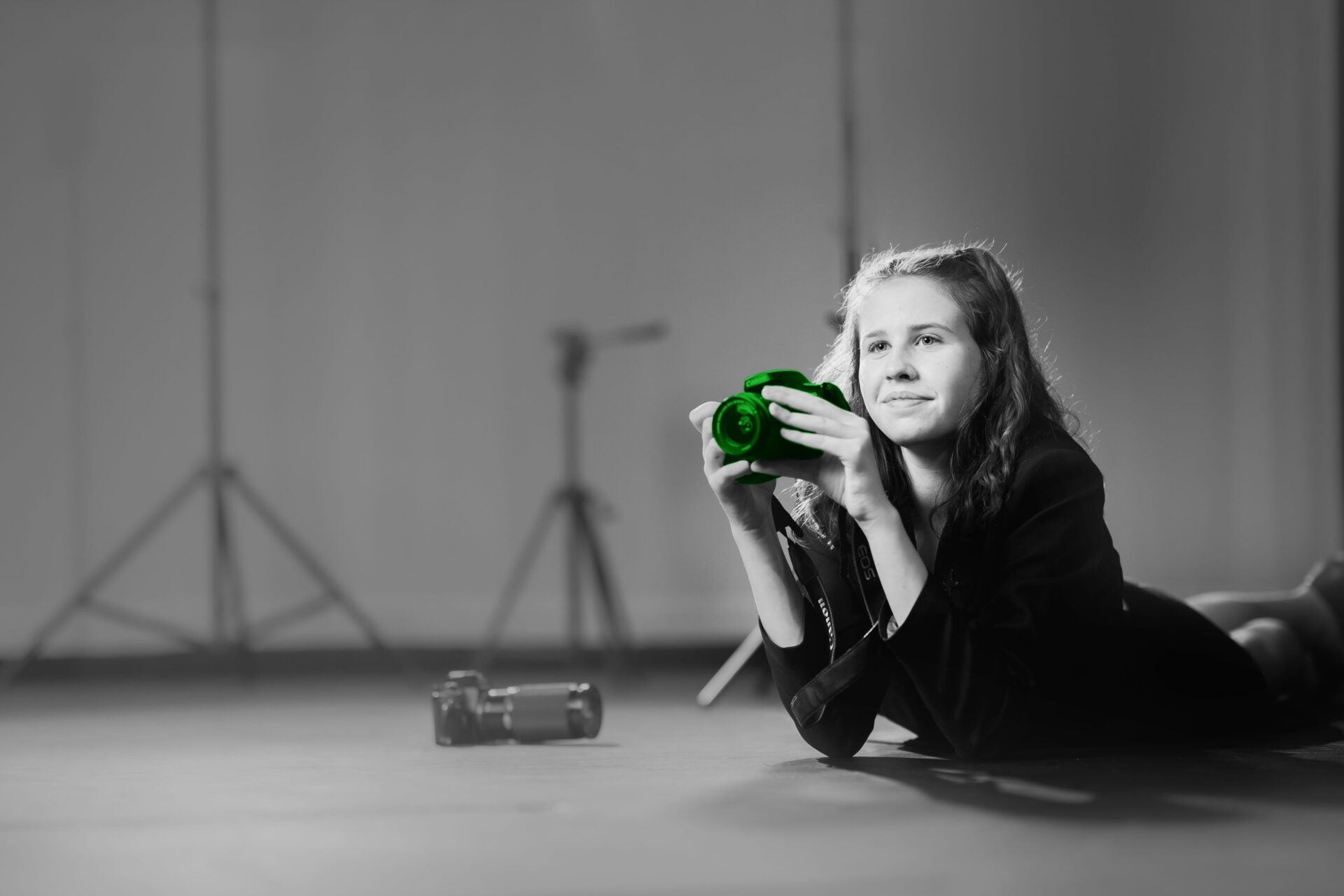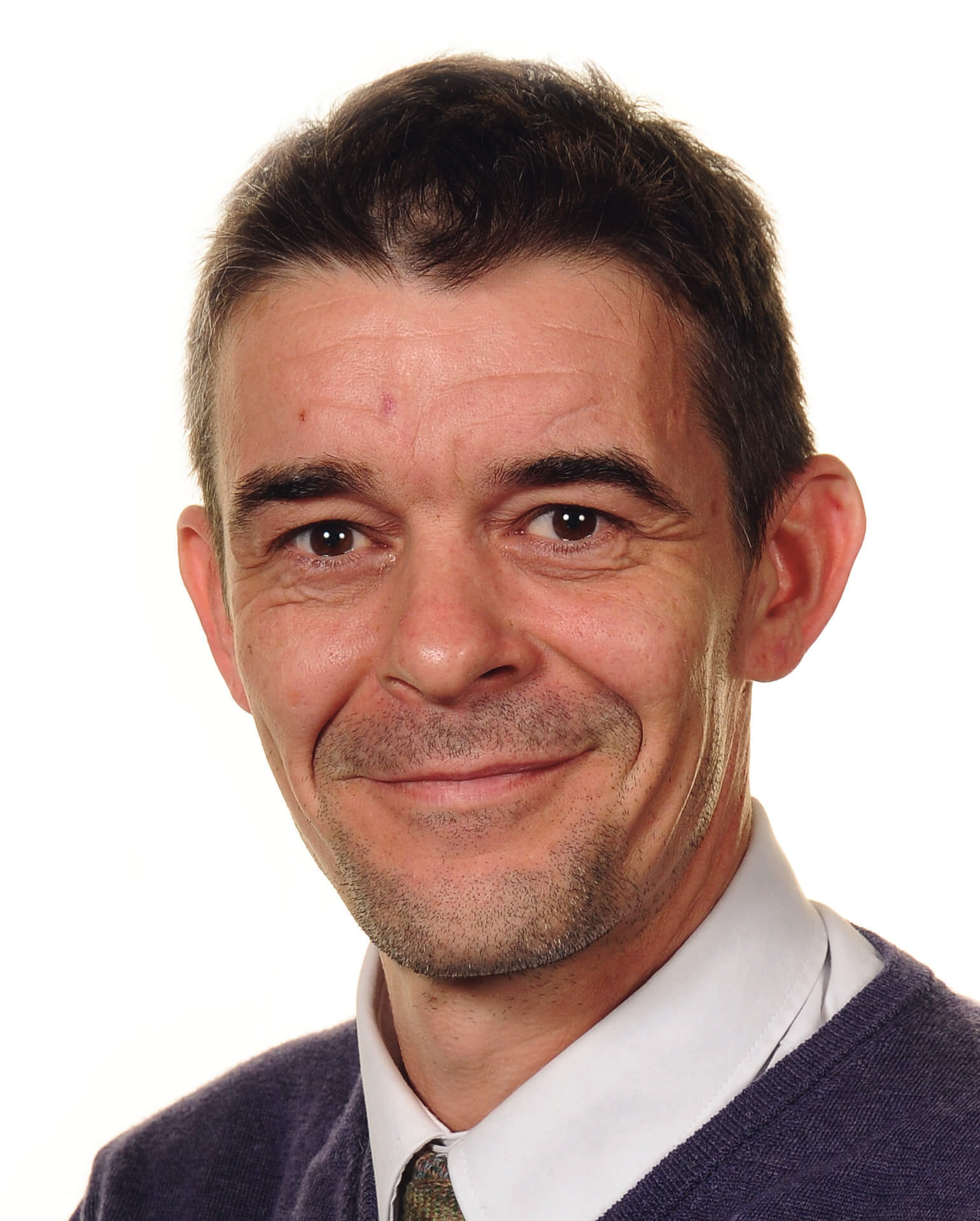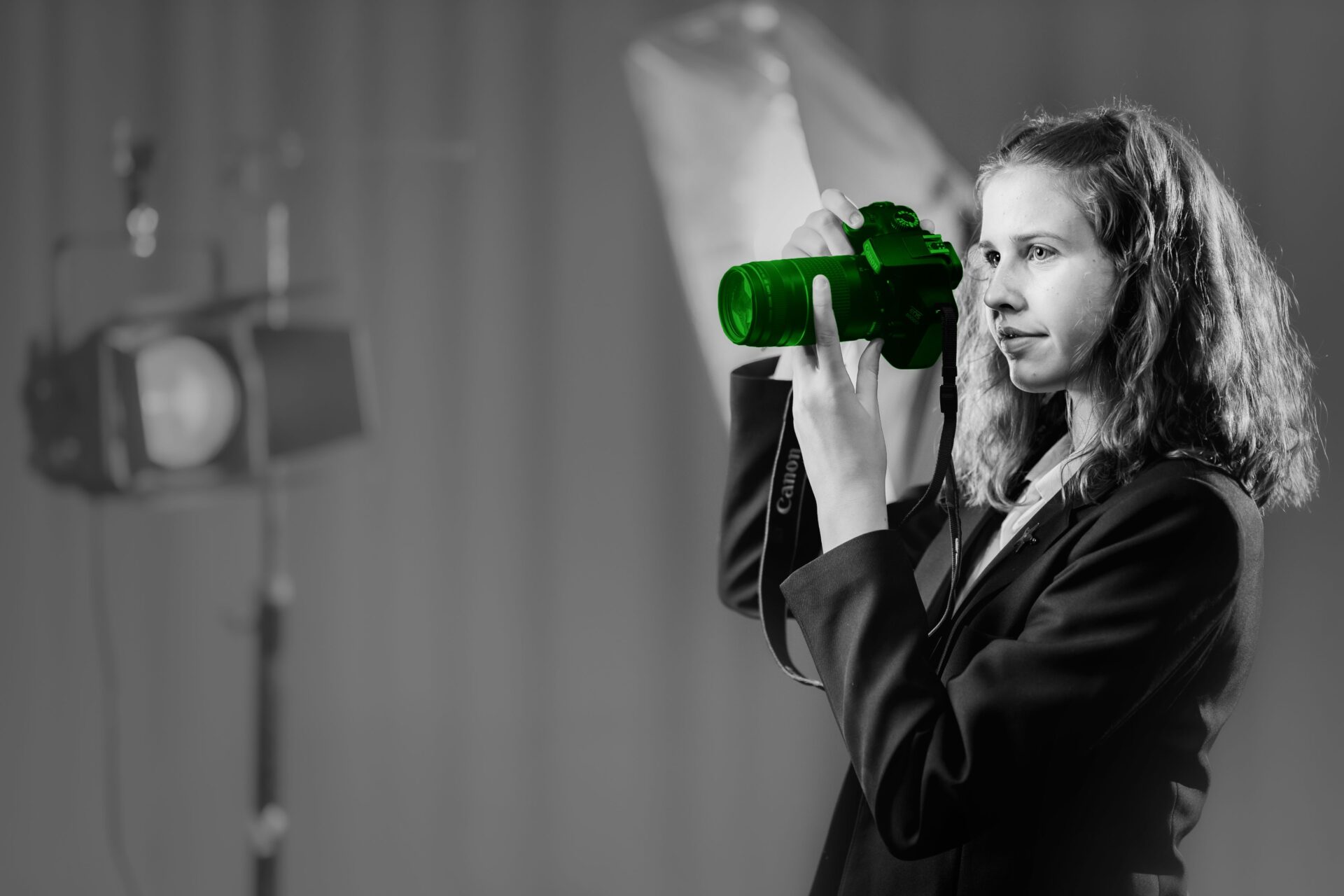GCSE Photography
Photography GCSE is a fantastic subject for a student who loves photography or just likes taking pictures. Photography GCSE gives students the opportunity to explore a wide range of themes, focusing on areas of interest that they can use in their work. The course gives students lots of independence and they are positively encouraged to develop their independent and creative working and thinking skills. The course is very cross –curricular and can link to fashion, media, sports, criminology and many other topic areas that may be of interest.
A Level Photography
Photography A Level gives students the freedom to record their own view of the world around them in one click. Photography makes it possible to record in seconds an inimitable image that captures profound and personal responses to the environment. Through taking imaginative risks with this medium students are given a chance to manipulate and create unique images, and this diverse and personal response enables them to create highly individual and thought-provoking photographs.


